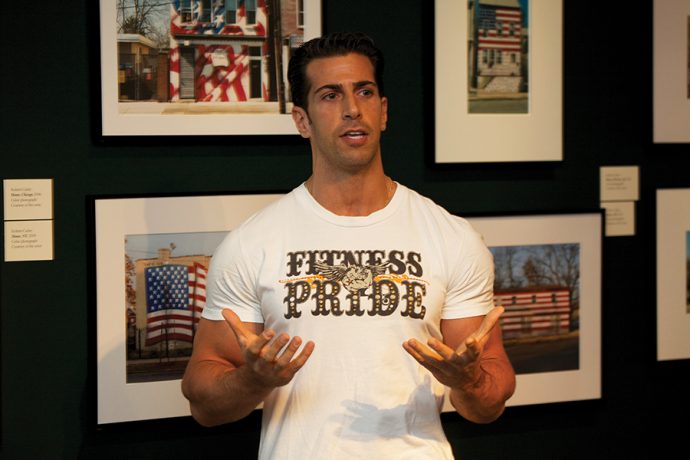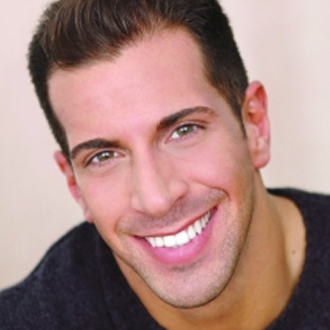No industry is perfect.
Every industry has its fair share of problems and obstacles. As I wrote in a previous WAG column, “Bend It Like Lincoln,” I believe that heart and soul should go into everything we do. Based on this idea, I care a lot about the fitness industry.
I’m going to challenge my industry with a few trends that I find questionable and how we can do better. As you read, ask yourself how any of these trends may be affecting your area of business.
SOCIAL MEDIA
Social media has become a staple in our society across all generations. I find it fascinating how it’s gotten to the point where there are workshops, spreadsheets and rules based on posting on sites such as Facebook, Instagram or Twitter.
To me, this isn’t the problem. The problem I have is the content of the posts. The ones that look like nothing more than a glorified Calvin Klein ad do not contribute real value to the industry.
Fitness professionals who post an exercise as a teaching tool or write about a client who just reached a goal and/or made some great progress? Love it. They are passing along a beneficial message. However, I often question whether some posts could have been written primarily to fish for compliments, get comments or accumulate as many “likes” as possible.
Insta-famous is now a reality. People who know very little about the body and exercise are becoming actual authority figures since they are “social-media savvy.” Unfortunately, there is a large audience listening to them and emulating what they do. This is dangerous.
The number of followers you have is now sometimes being taken into consideration for job opportunities and work. This means that someone who may be supremely qualified and doesn’t post on social media may lose out on a job to someone who simply looks great and has a big social media presence.
ENTRY POINT
You take a test, you get a certificate and, boom, you’re in. Yet the fitness industry does not have a clearly defined road for professional development.
Strength and conditioning specialist Eric Cressey explained this very well in one of his past blogs:
“For example, my wife is an optometrist, and she had four years of undergraduate education, followed by four years of optometry school (including clinical rotations) and then board exams before she could become (an optometrist). There was a set curriculum and then measures to determine competency in the areas emphasized in that curriculum. And, even after that proficiency was established, Anna did an additional year of residency where she specialized in cornea and contact lenses. You can’t just declare yourself an optometrist one day and start a career. But individuals do that all the time in personal training, because the barrier to entry is completely nonexistent.”
Do you know how many trainers are getting hired and working with clients without ever attending a mentorship program or shadowing and learning from an experienced veteran? It happens more often than not.
Wouldn’t it be an optimal learning experience if a new trainer had to spend his/her first year or two in the industry learning from a mentor?
THE ‘MODEL’ OF FITNESS
Magazines can be dangerous as well. “I want to look like this photo.” “Why can’t I look like this?”
Do clients know what these models had to do to look that good at that particular moment? With Photoshop, body angles and lighting alone, photos many times do not tell the actual story.
Often, people don’t understand what these individuals probably went through to look like that just to peak for that one-day photo shoot. From a nutritional standpoint alone, things like little to no carbohydrates, no water and potentially harmful enhancing supplements are typical for those who are featured.
If we looked at the insides of these models, we might see high levels of inflammation, connective tissue that isn’t healing and hormone levels that are completely out of whack.
But hey, they look great. I thought these models were supposed to be models of fitness?
HOW CAN WE GET BETTER?
Between social media’s influence, a lack of education for trainers and the industry’s distorted images of fitness, there is room for improvement that can elevate the industry to even greater heights.
For any fitness trainers and professionals who are out there reading this, maybe we can start with the following:
1) Use our posts wisely to send a meaningful message;
2) Take a new trainer under our wing; and
3) Explain that looking great may first come from feeling great on the inside.
Reach Giovanni on Twitter @GiovanniRoselli and at his website, GiovanniRoselli.com.


